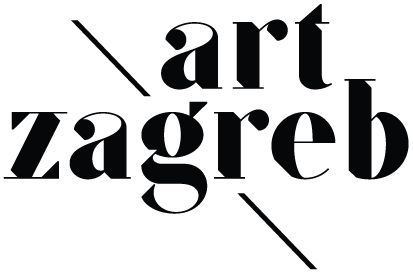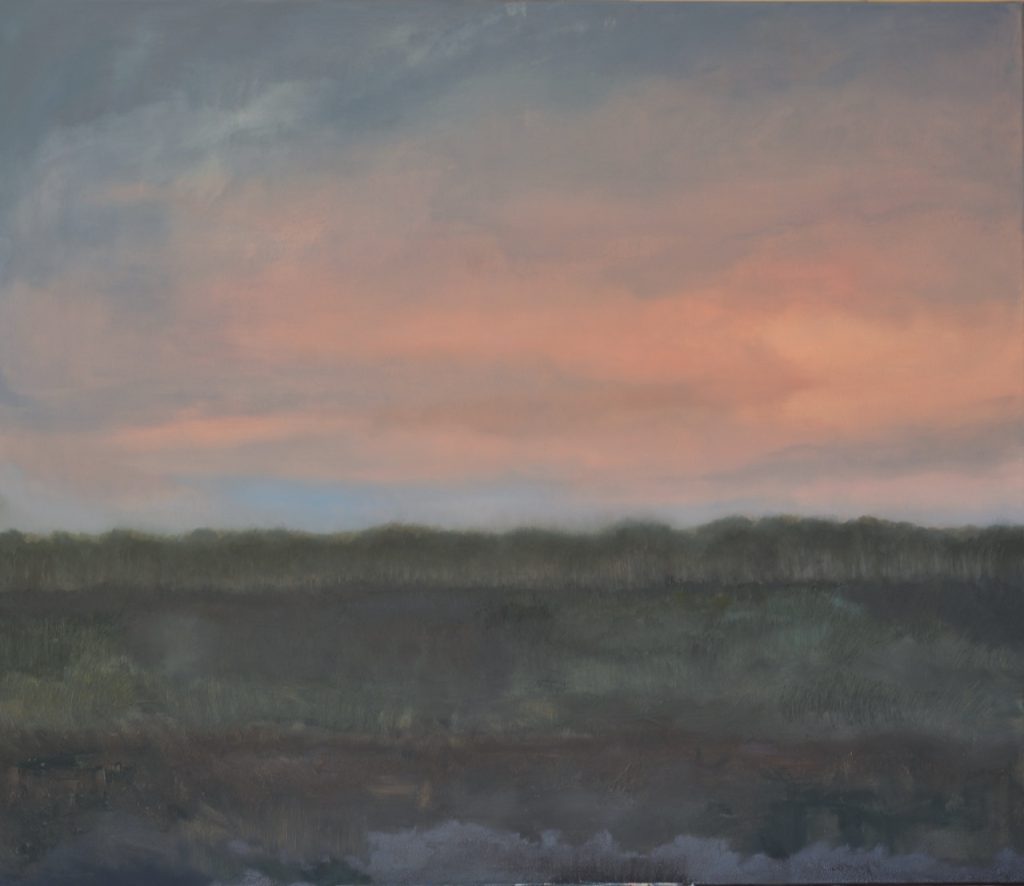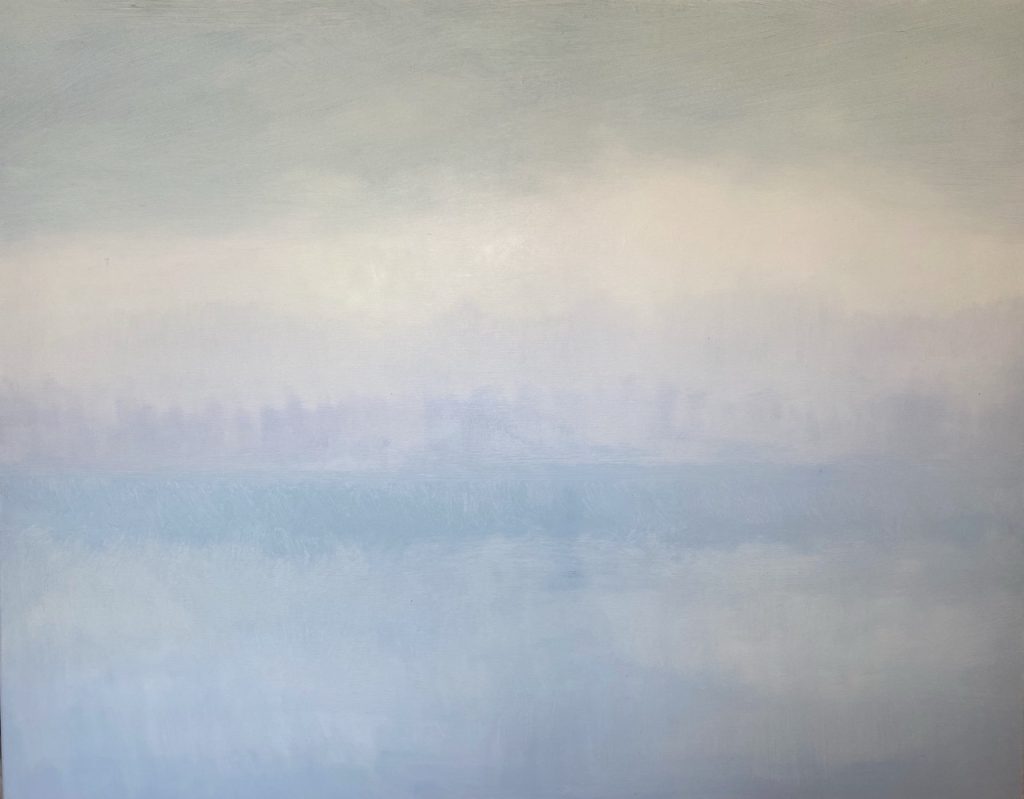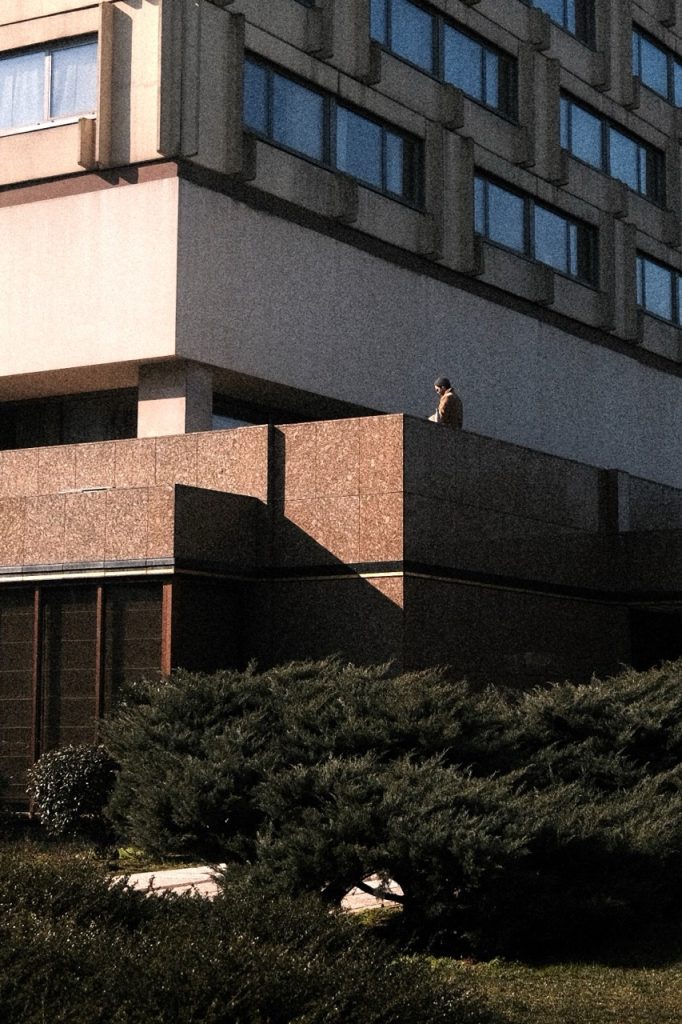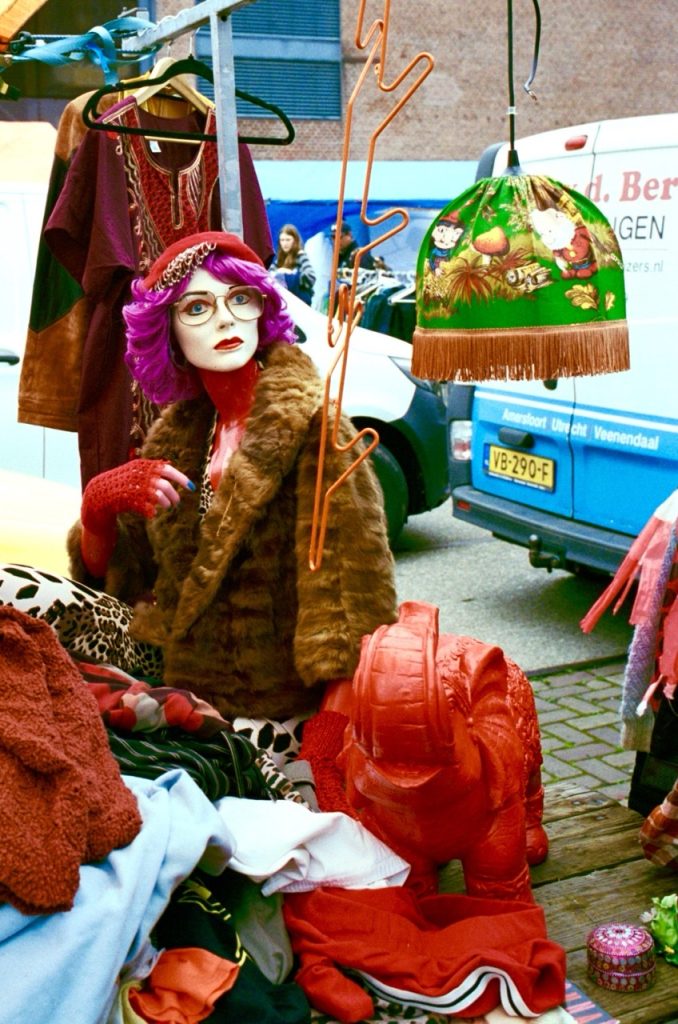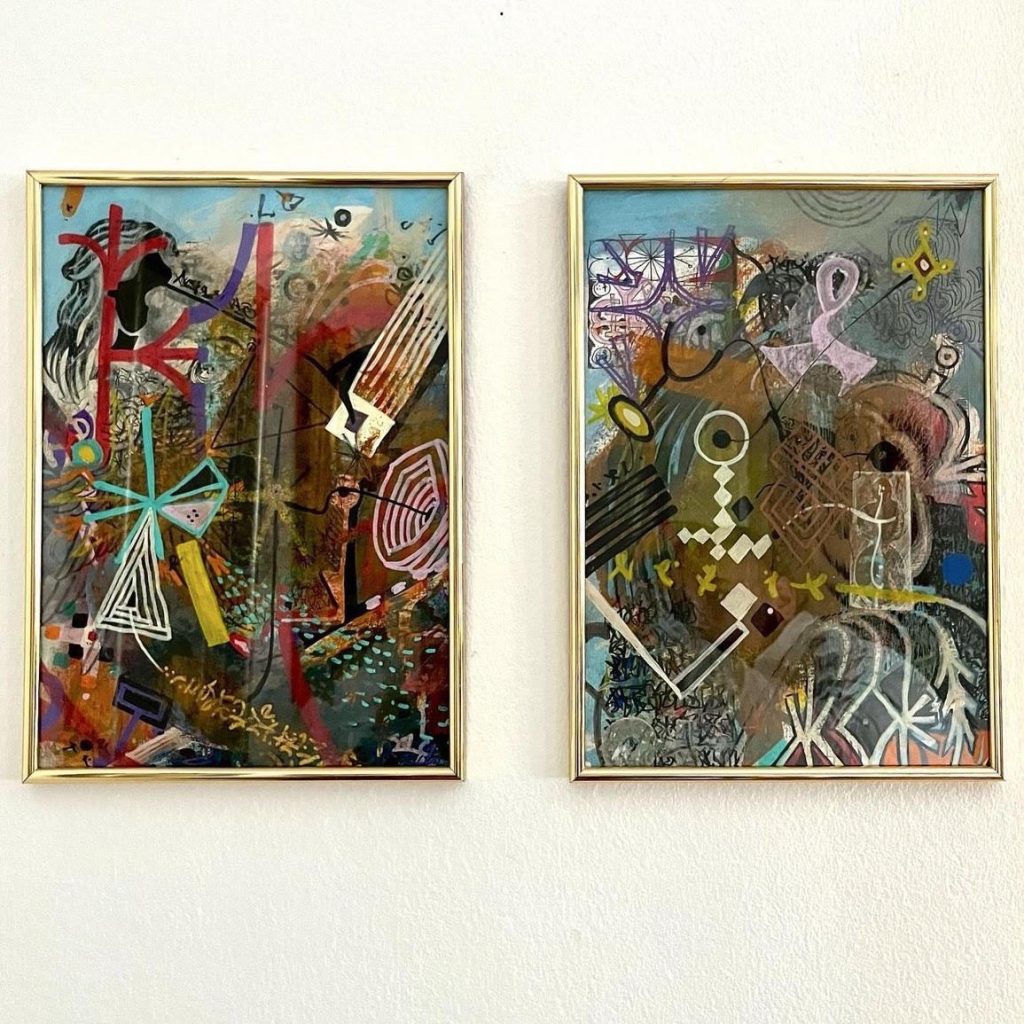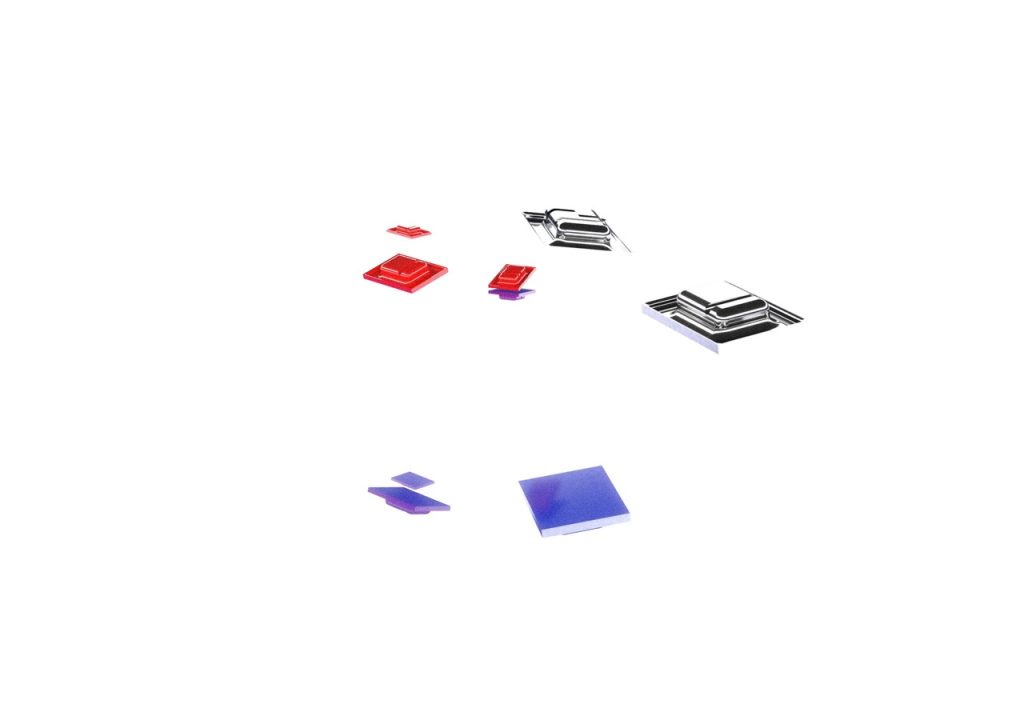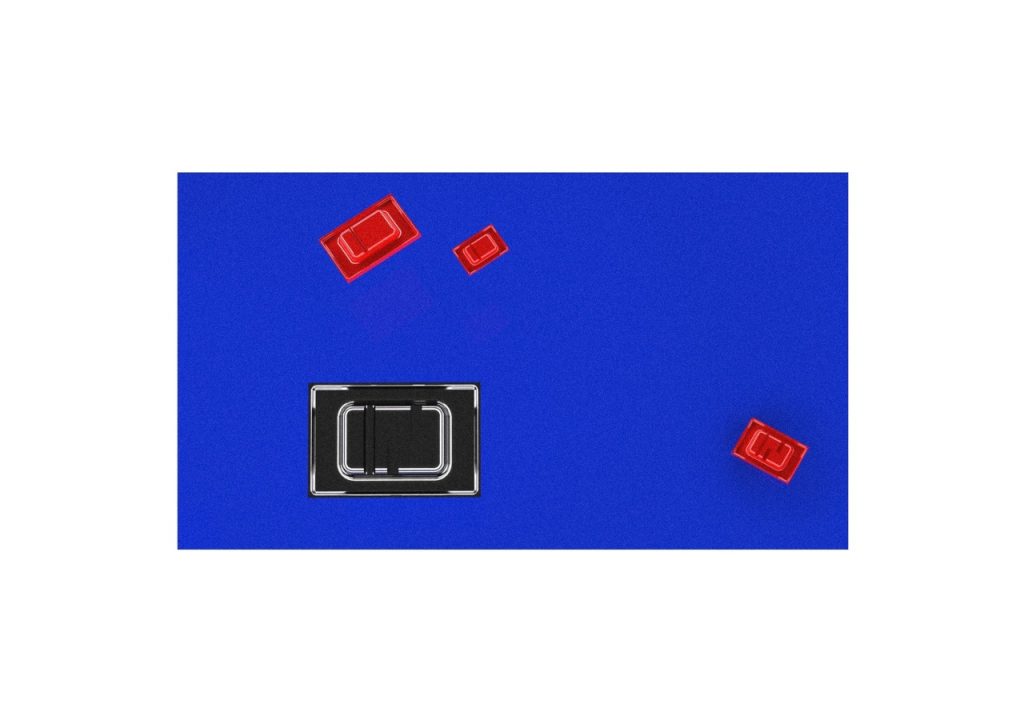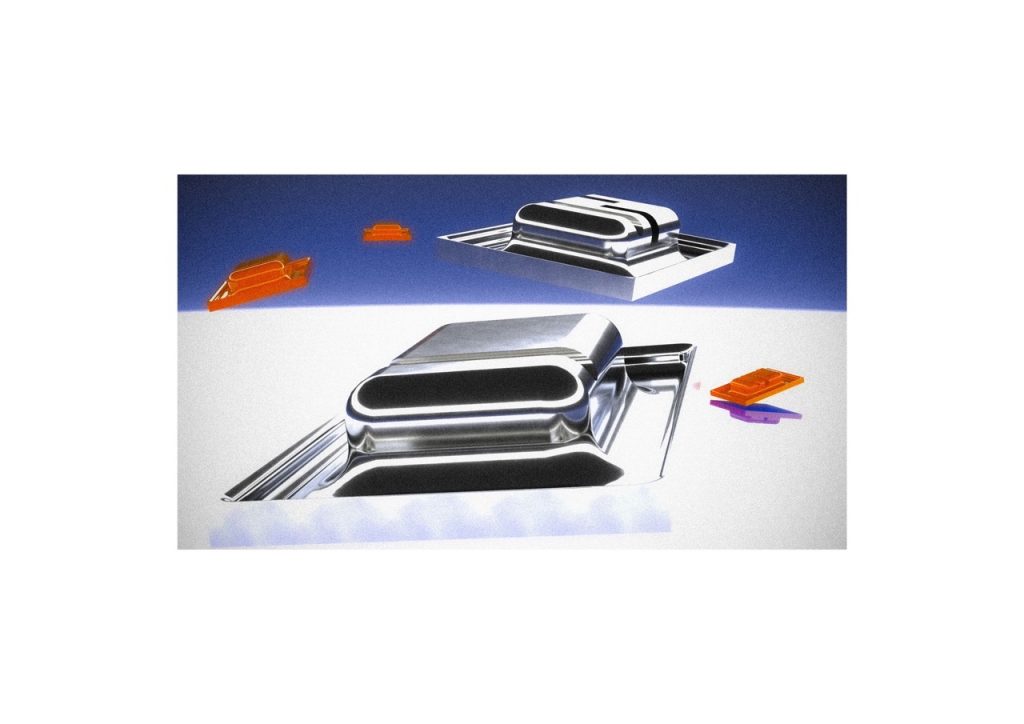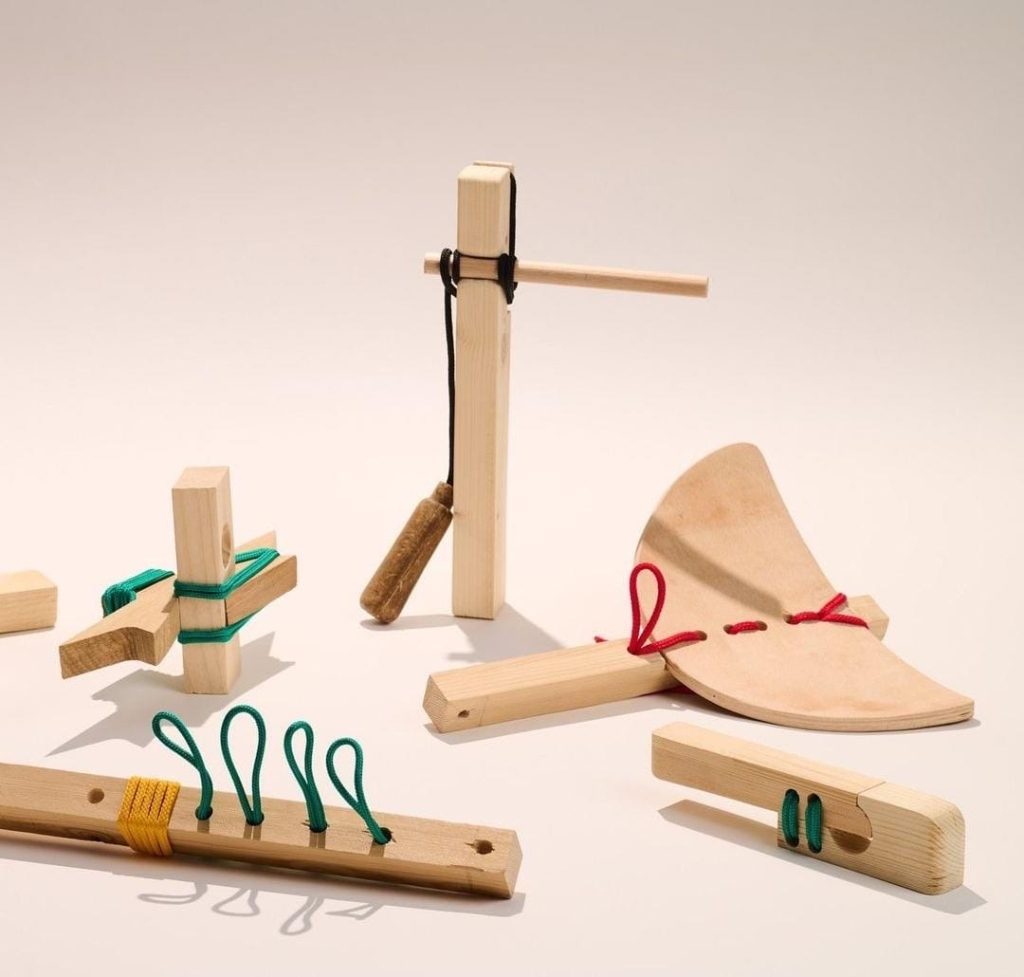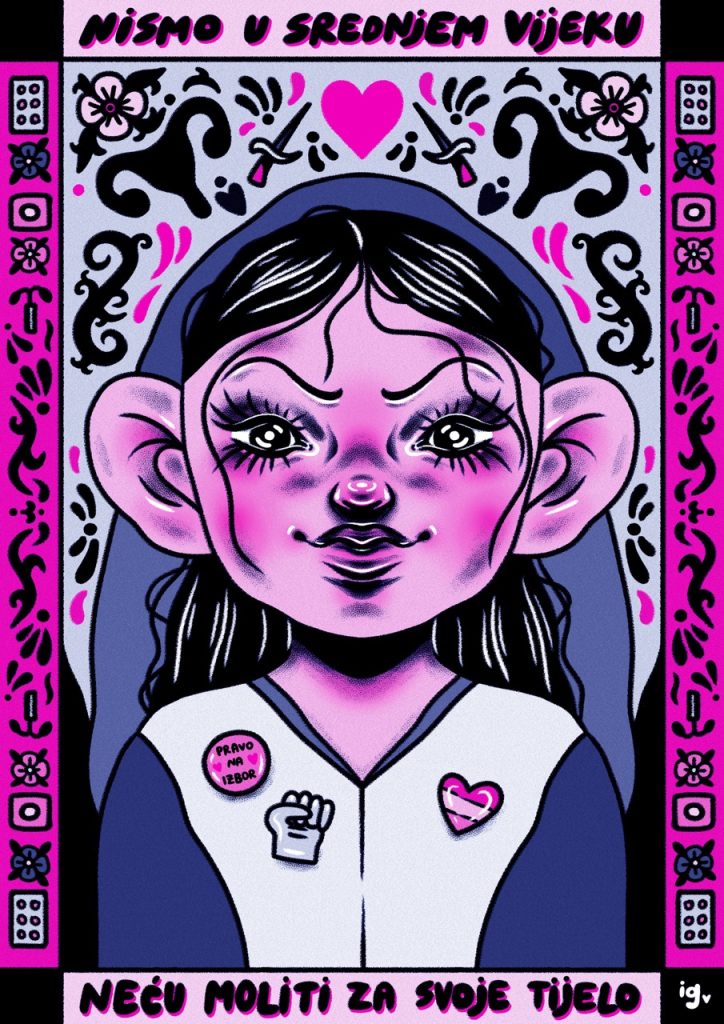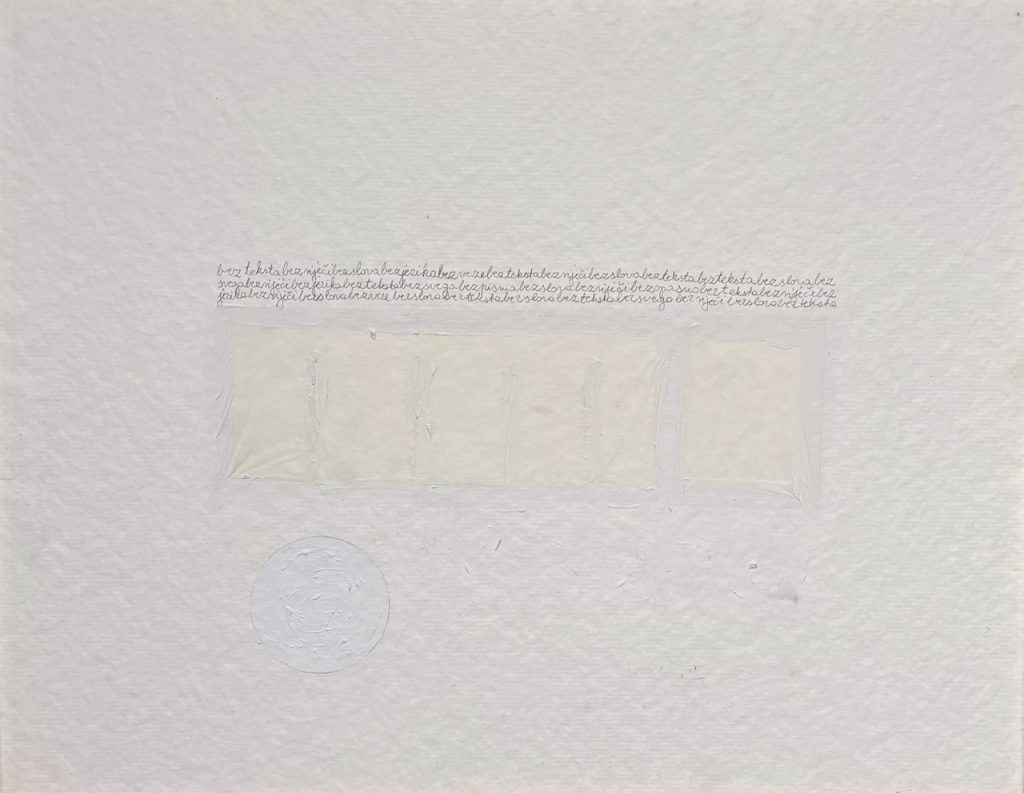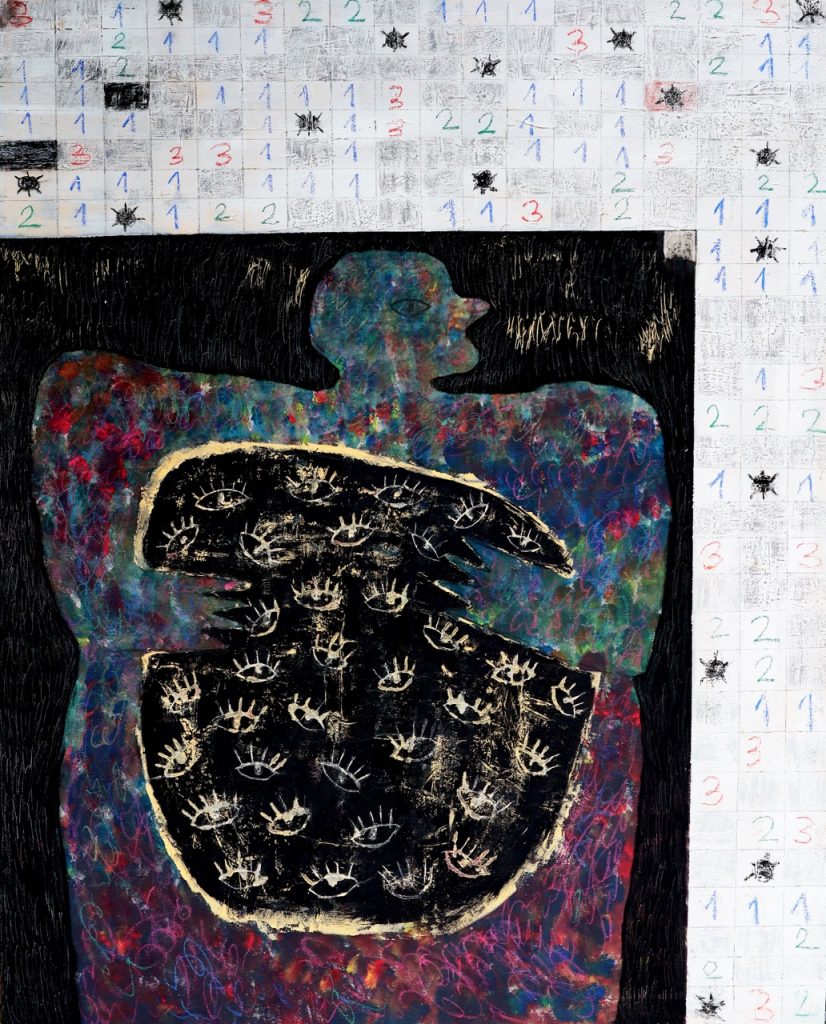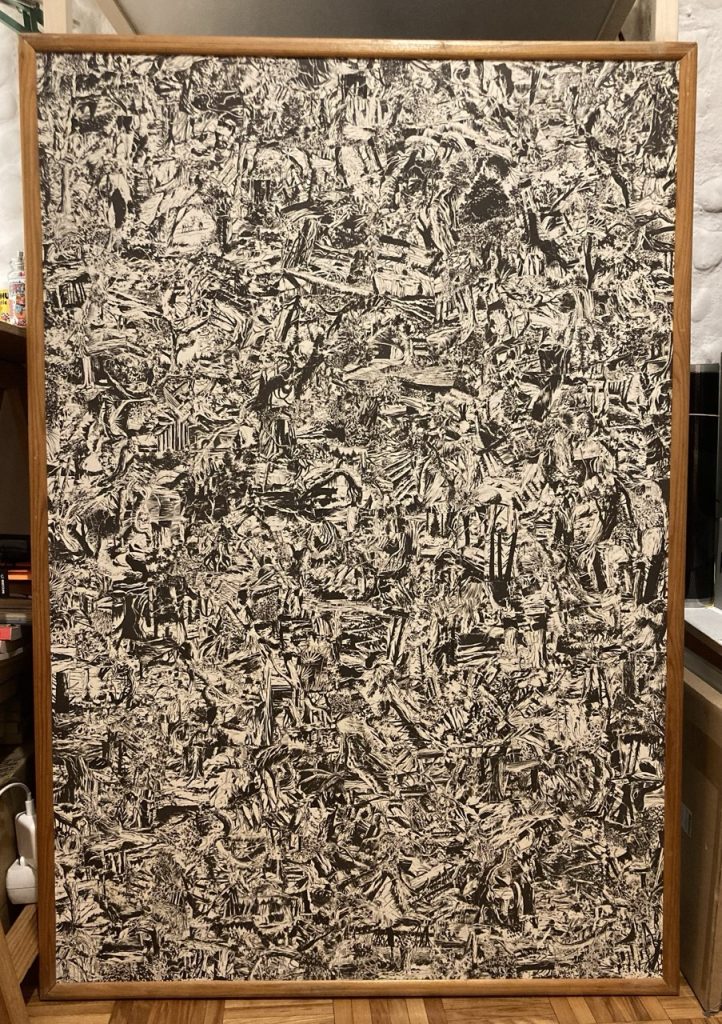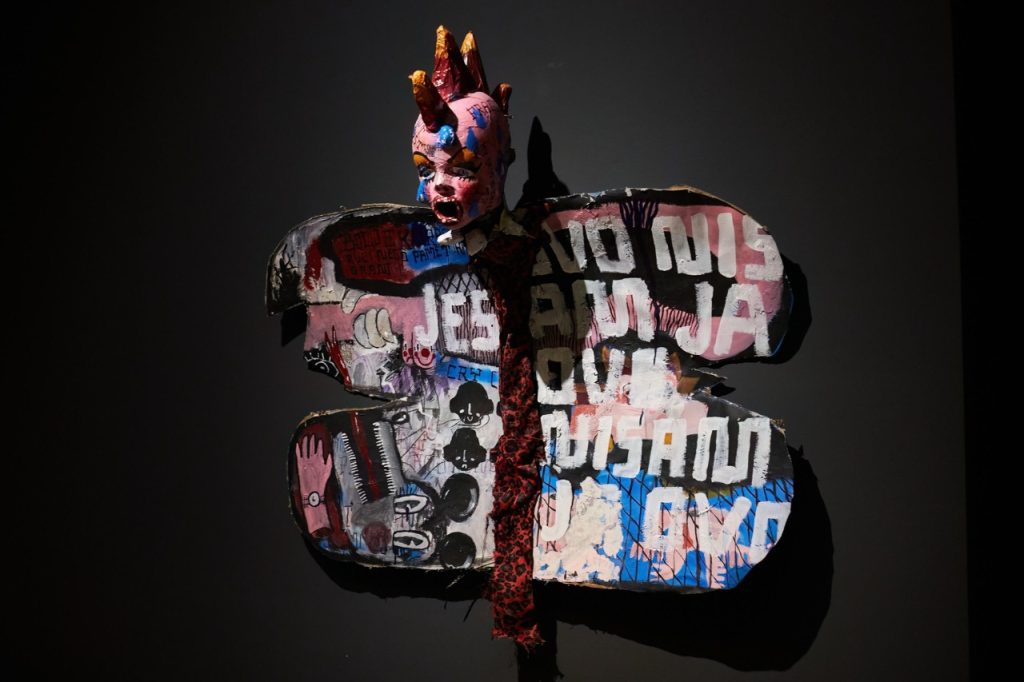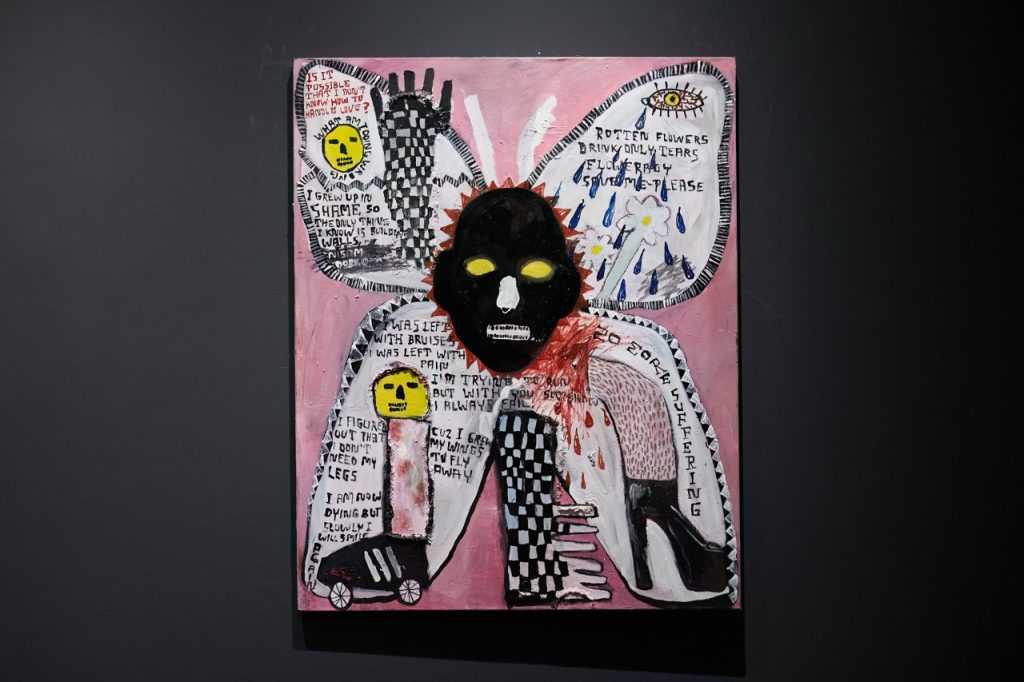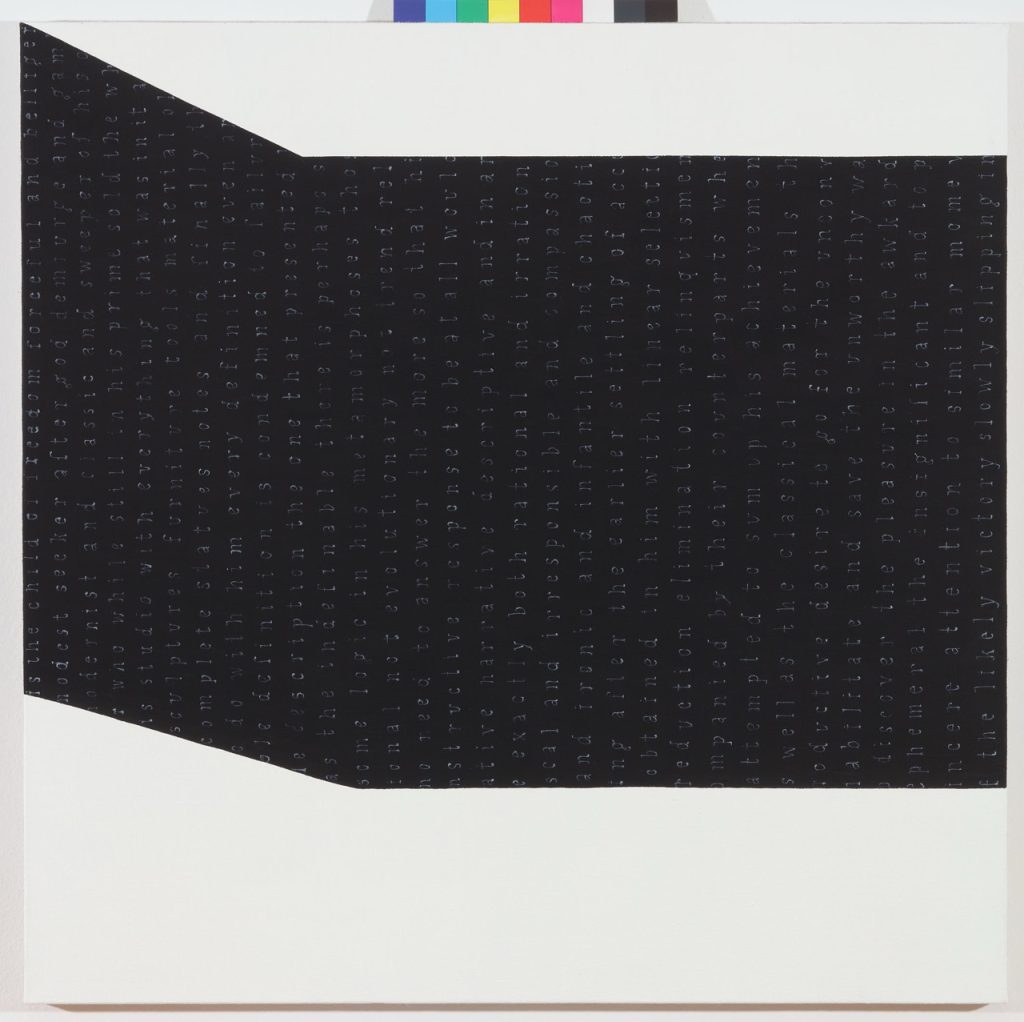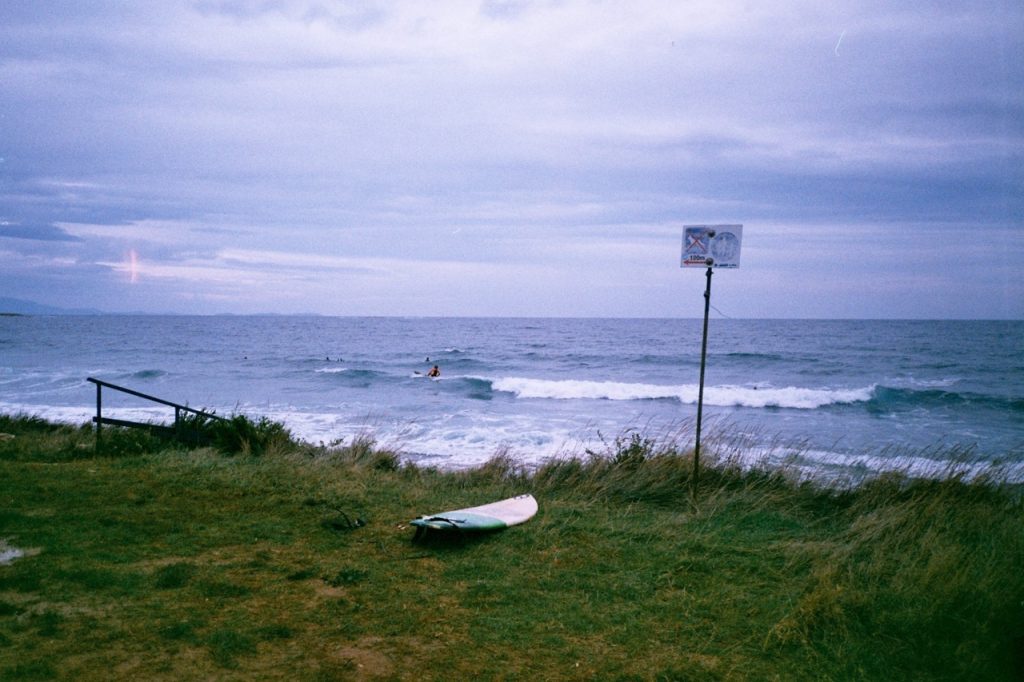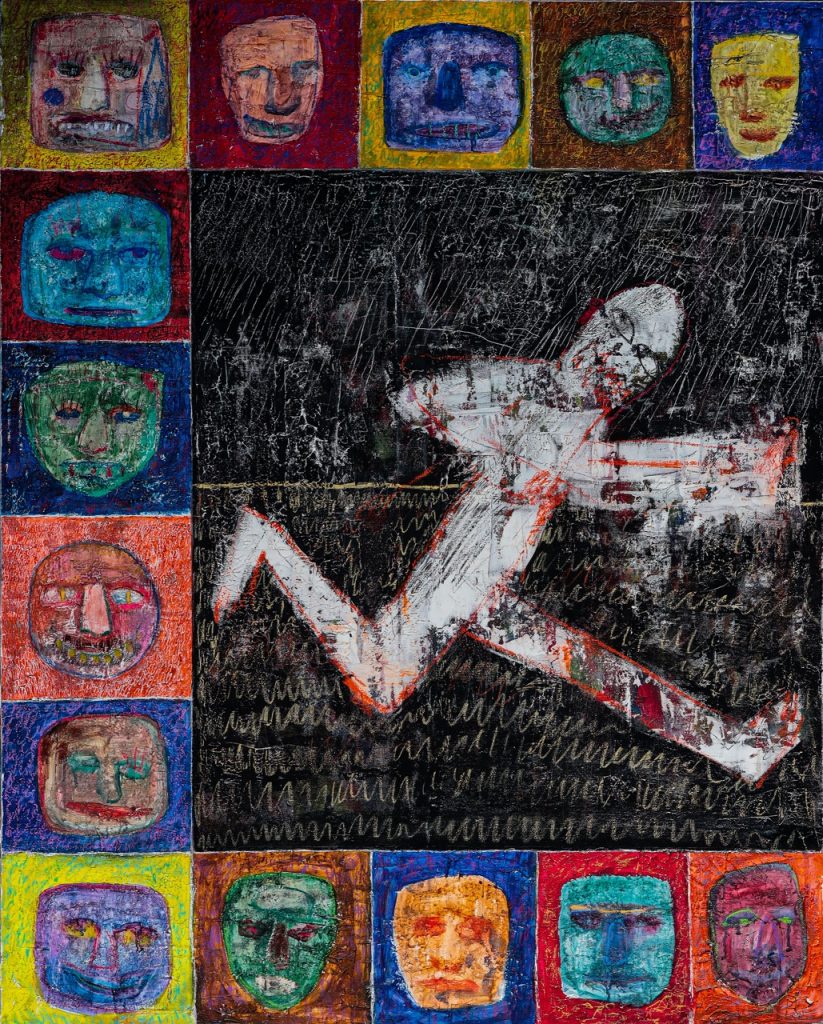there is a history of seeing — in other words, every epoch sees things with its own eyes
Tristan Weddigen (Heinrich Wölfflin)
Heinrich Wölfflin’s Principles of Art History (1915) is a landmark work in the history of art history. It introduced the world to a new way of analyzing art through five pairs of formal oppositions, making it an essential reference point for understanding stylistic development. What is it that still draws readers to this text one hundred and ten years later? Wölfflin’s pairs of concepts remind us that art is not only a system of historical facts, content and narrative, but is a unique cultural phenomenon with its own language.
Depending on which aspect of the pair prevails (linear or painterly; plane or recession; closed form or open form; multiplicity or unity; and clearness or unclearness) in a work of art, Wölfflin classifies it as either Renaissance or Baroque. Is Wölfflin’s methodology equally applicable to contemporary art, which often relies heavily on contextual understanding? According to Tristan Weddigen, Wölfflin’s concepts can be reapplied almost normatively to all potential visual objects. However, with the development of new media, the principles of art history require adaptation to contemporary language. How can Wölfflin’s categories be aligned with interdisciplinary and multimedia art or interactive installations? When applying his formal binarities to contemporary art, an interesting phenomenon emerges: the fluidity and overlap of these categories, reflecting the dynamic and hybrid nature of modern artistic practices.
The exhibition (Re)Form of the Binary explores the first two of Wölfflin’s pairs through various contemporary works and techniques, encouraging active engagement with the artworks. Here, the formal qualities of the works take precedence over their themes. The Linear emphasizes clear outlines and sharply defined contours, while the Painterly is characterized by a focus on color, softer transitions, and a more atmospheric quality. The Plane refers to compositions that emphasize two-dimensionality, with elements arranged parallel to the picture plane. In contrast, Recession utilizes perspective to create a sense of spatial depth.
In the spirit of Wölfflin, we invite you, dear audience, to actively participate and discuss: what elements in the exhibited works can be identified as Linear or Painterly, Plane or Recession?
The exhibition was developed as part of the workshop Dialogue of Art History and Contemporary Art Production – A Contribution to the Development of Critical Thought in 2024. This workshop has been organized by the Croatian Society of Art Historians in collaboration with Art Zagreb since 2021.
— Art historians: Patricija Andrašić, Karla Despot, Rea Galić, Marija Generalić, Bruna Kocijan, Dorotea Korda, Franka Košta, Ana Marina Lozica, Dunja Mikec, Sara Simona Mojsović, Katarina Pintarić, Marija Palikuča, Iva Sočković, Marina Šafarić, Sofija Žagar
— Support: Croatian Society of Art Historians, Krunoslav Kamenov, Ivana Mance Cipek, Martina Petrinović and Art Zagreb
— Artists: Anabel Zanze, Gordana Špoljar Andrašić, Ivana Geček, Karlo Drobnjak, Katarina Kožul, Borna Ivanuša, Marko Zbodulja, Gabrijela Perak, Petra Matković, Alma Drnovac, Luka Tomić, Bruno Butorac, Teo Kiš
